Now after the first sutra, second sutra of Patanjali‘s yoga sutra gives the characteristic of yoga. I think understanding of this particular sutra is the need of hour. A big population of word is connected with yoga and its practices, directly or indirectly. But sadly most of them does not know what exactly yoga is according to tradition. Most of them have limited understanding of yoga with practices of Asana and may be bit about practices of Pranayama, which is also based on whatever they have read in books or googled and heard from somewhere. I think that is okay but not sufficient therefore it must be studied under the guidance of a qualified master and tradition.
It is never too late to study. So not a issue that we just know bit of yoga right now rather we must lead our efforts towards refining our understandings of Yoga. You are never done with philosophy of yoga it just that each time you go through yoga sutra your understanding of yoga get crystallized. So here is a small effort of writing bit about yoga based on whatever I have studied under the grace of my masters.
I would recommend you to first read introduction of Patanjali Yoga Sutra and the Sutra 1.1 of Yoga Sutra before this sutra.
Second Sutra – Lakshan Sutra (Characteristics of Yoga)
Second sutra of chapter first is lakshan sutra mean the sutra which explains characteristics of yoga/samadhi.
योगश्चित्तवृत्तिनिरोधः ॥1.2॥
Yogaschitavrittinirodhah ॥1.2॥
Yoga(h) – Samadhi, union, meditative absorption, yoga (is)
Chitta – mind, mind-field, psyche, consciousness
Vritti – movements, fluctuations, modifications, activities, waves
Nirodhah –stillness, control, dissolution
Yoga is dissolution of modification of consciousness
or
Yoga is dissolution of mental fluctuations into its origin
Translation and comments
Now lets discuss each word to deepen our understanding.
Yoga(h) – Samadhi, union, meditative absorption, yoga (is)
The first word in the sutra is yoga(h) which is commonly translated as union, that is used in the context of connection between two (most commonly union between individual soul and higher soul). Philosophy of yoga evolves from philosophy of Sankhya therefore yoga does not just mean union rather separation from non-self so that one can established in its true self. Sage Vyasa in his commentary he has stated that ‘yoga is Samdhi’. Also the word yoga comes from the root verb ‘yuj’ means Samadhi (meditative absorption).
Chitta – mind, mind-field, psyche, consciousness
The word Chitta, can very commonly translated as mind. But what is mind under the yogic tradition. In the yogic tradition there no actual relevant word for mind but there is a word ‘antah-karana’, meaning ‘inner tool’ which in general can be said as mind. This inner tool is divided into four faculties according to function which are manas, budhhi, chitta and ahankara.
Manas- the active mind, where senses brings the information
Buddhi- decision or discriminative faculties of mind,
Chitta – is the faculties of mind where all the memories get stored as Samskara
Ahankara- creates self identity assumed by mind/I-am-ness.
In this sutra the word chitta signify the entire antaha-karana. Hence we can say that chita means the whole psyche of an individual.
Vritti – movements, fluctuations, modifications, activities, waves
The word Vritti comes from verb root ‘vrit’ meaning ‘to move’ therefore vritti also can be translated as movement, fluctuation, modification, waves etc. But modification of what? So to understand it we need to look at the associated word with vritti. This word Vritti is associated with word Chitta thus it is called ‘Chitavritti’ means ‘modification of mind-field’ and that how Patanjali put it in the sutra.
What are the modifications of mind field? Whatever occurs in your mind in the form of thought, emotion, cognition or perception all that comes under modification of mind. Like all the waves are in the ocean only, never out of it.
Nirodhah –stillness, control, dissolution
Next word in the sutra is ‘Nirodhah’ means to stop/brining under control but Vyasa translates as dissolution (laya). Dissolution of what? Again understand that the word nirodha is related with chitavritti. so chitavrittinirodhah means ‘dissolution of modifications of mind-field’. For example as all the waves of ocean get created under the ocean and then get dissolved in the ocean.
Why to dissolve thoughts? Because thoughts create the duality (thought and thinker). As a thought comes in the mind it gives raise to the identity of thinker and then you get confused between thinker and observer.
Are you a thinker? No you are not. If you would be thinker so in the time of thoughtlessness in the mind no thinker would exist because thinker exists until thought exist. Here thinker is a artificial identity known as Asmita. Commonly the term Asmita means ego which is the consequence of Avidhya (ignorance). Due to ignorance you are not able to differentiate between thinker and observer.
Conclusion
Purusha means the self/consciousness which is the impartial observer. Patanjali uses a functional term to define the Purusha which is ‘drushta’ meaning ‘the one who sees or seer’ further he define it as witness consciousness and this witness is the purest. Remember only consciousness can see. If mind is already filled with modification so reality also gets modified. Therefore yoga is ‘dissolution of modifications of mind’ because then only the realization of the self will take place.
Yoga is dissolution of modification of consciousness

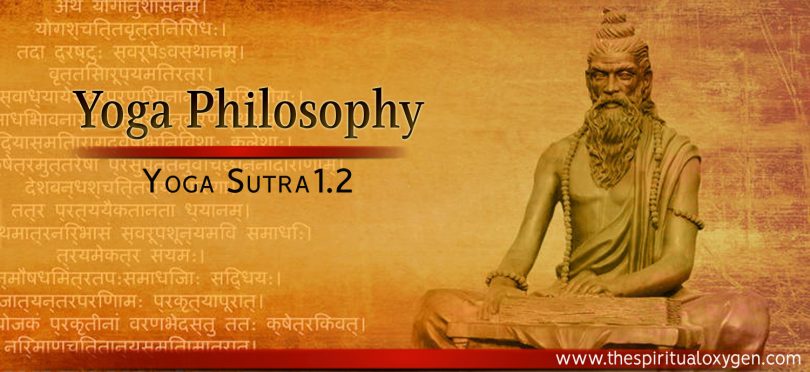
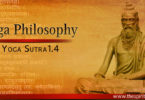
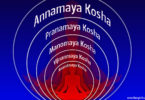
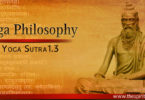
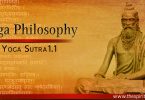


Very nicely done. I miss having you as a teacher !